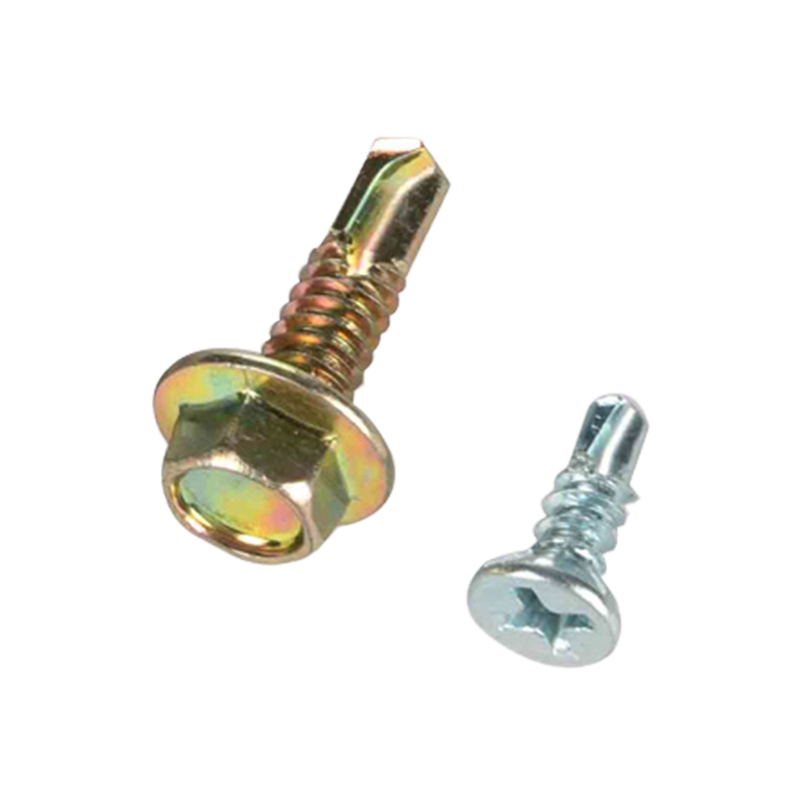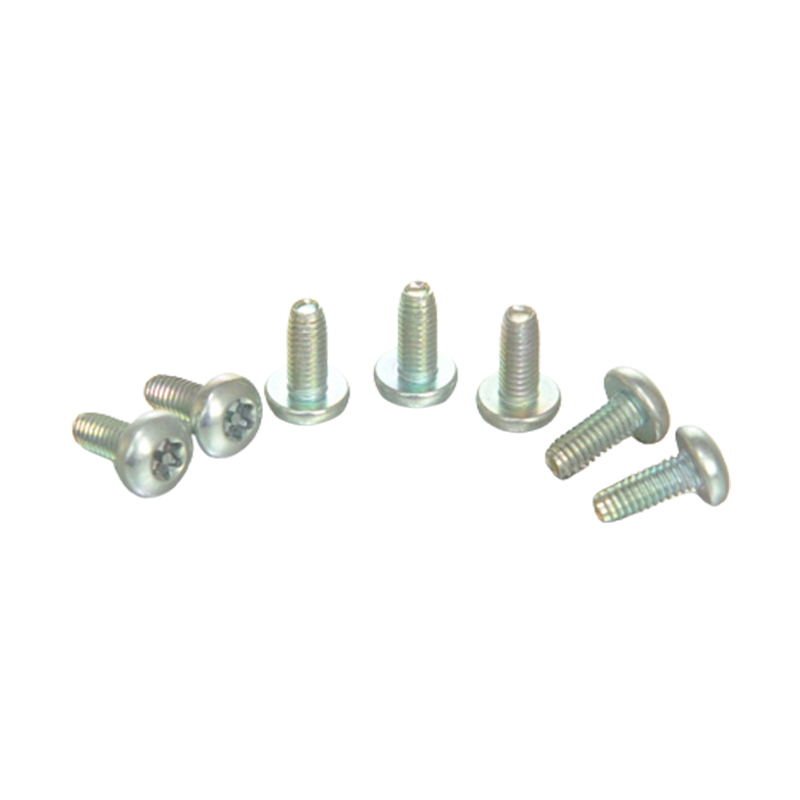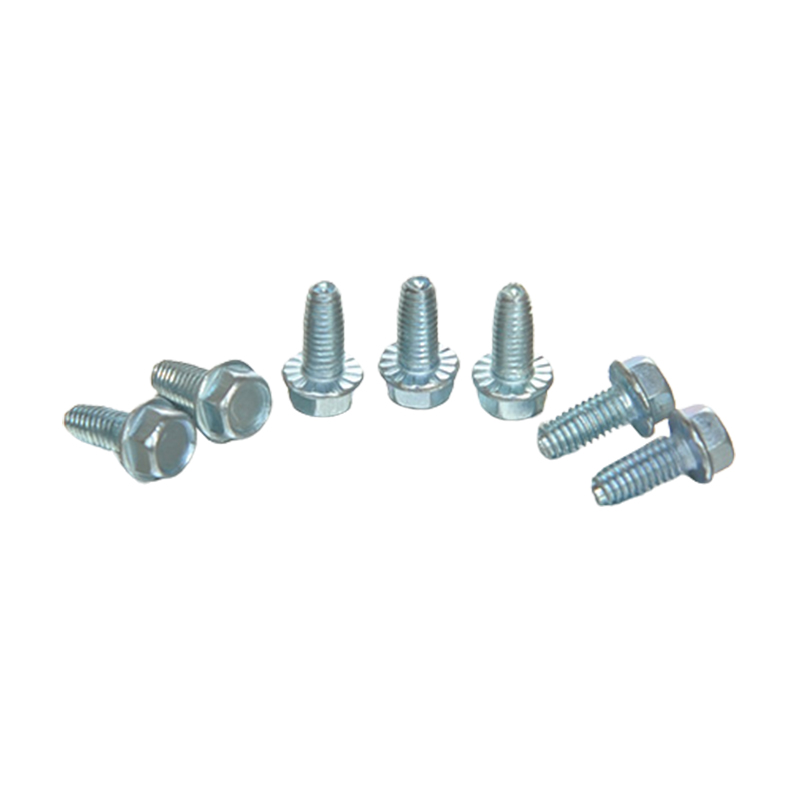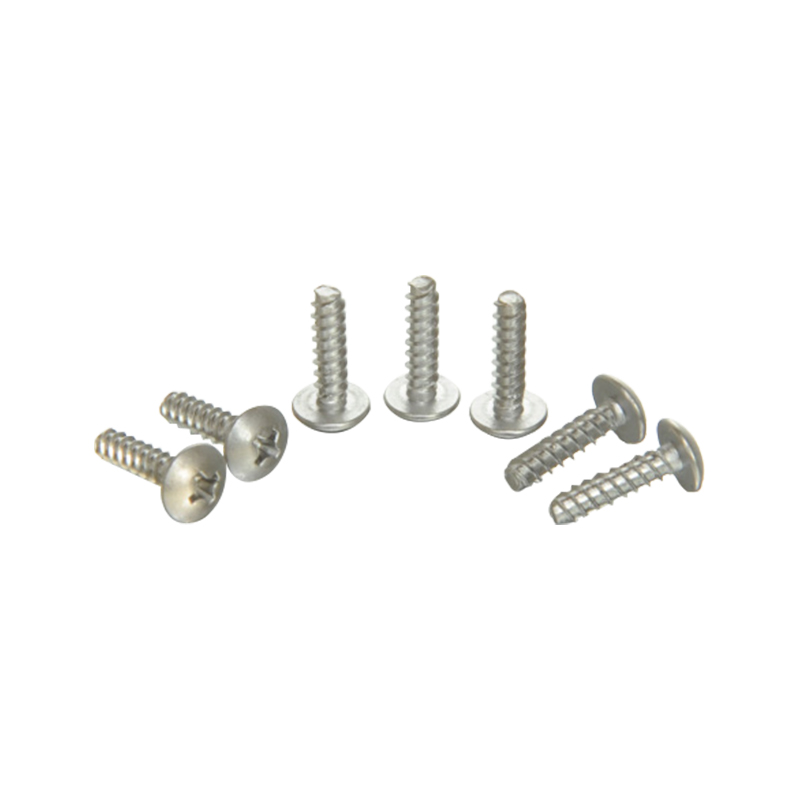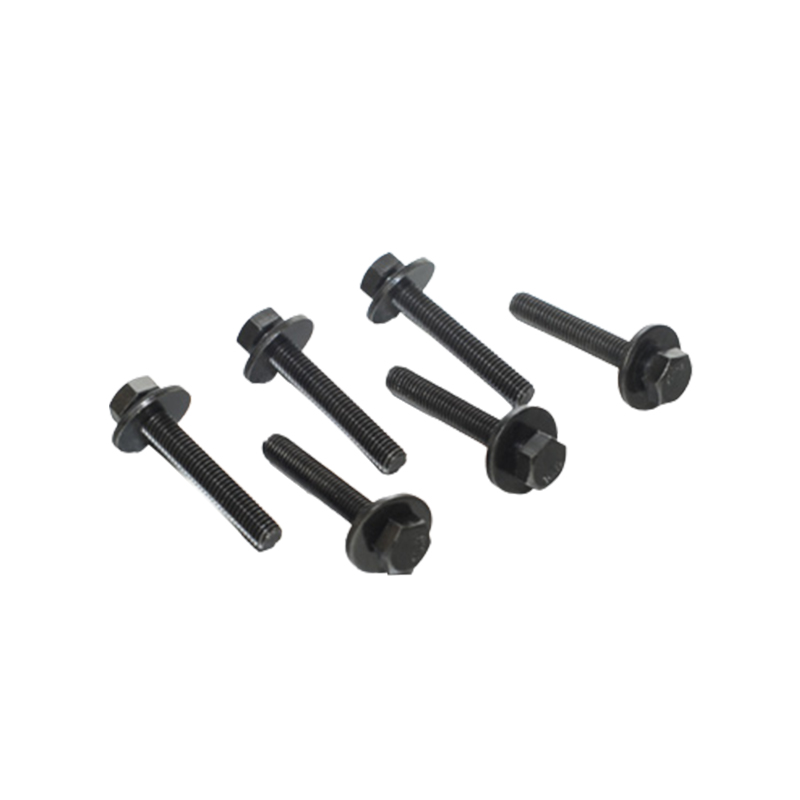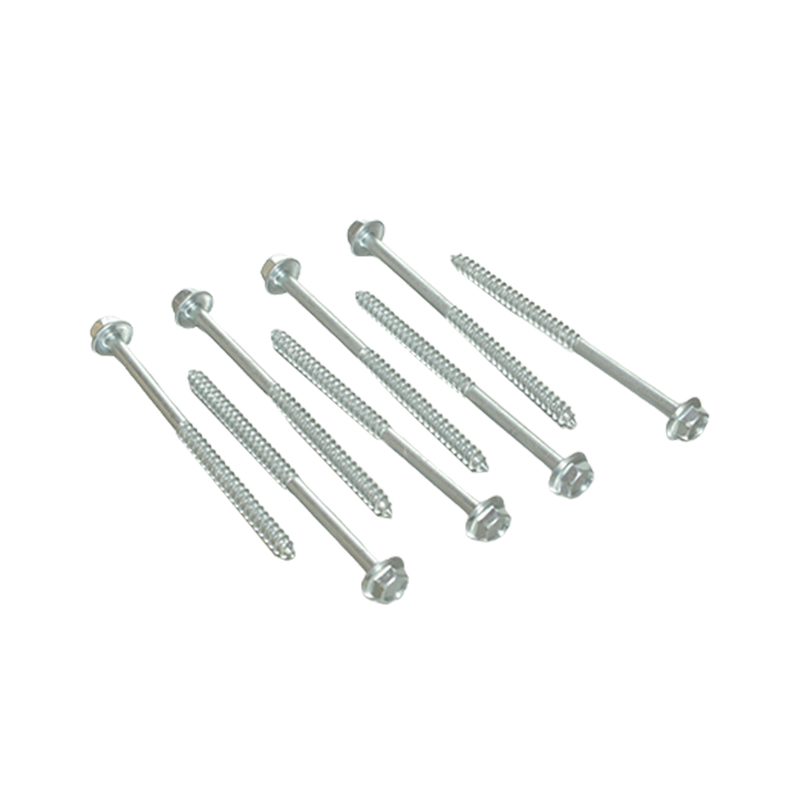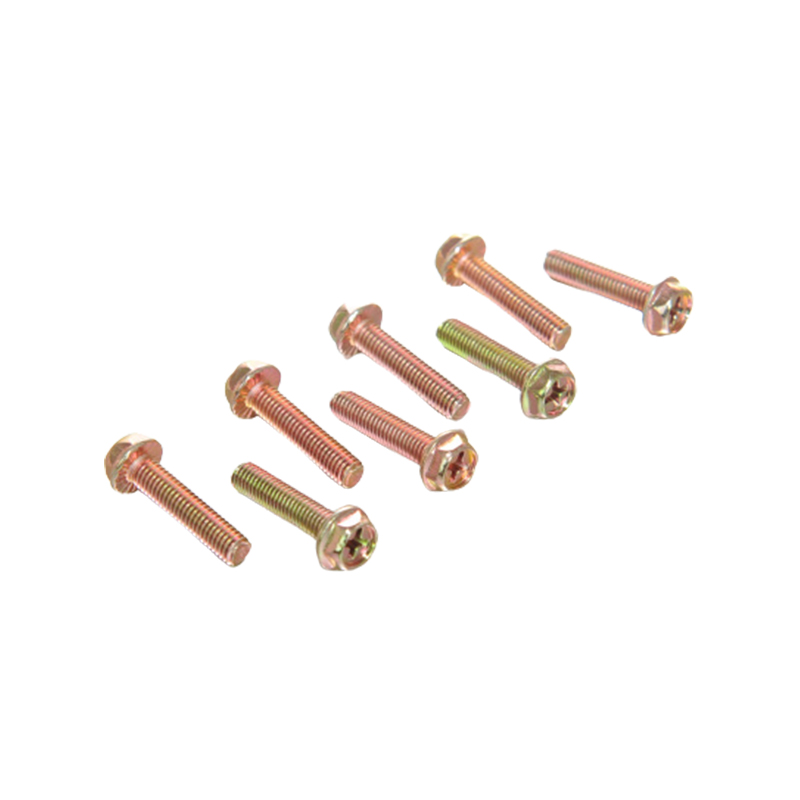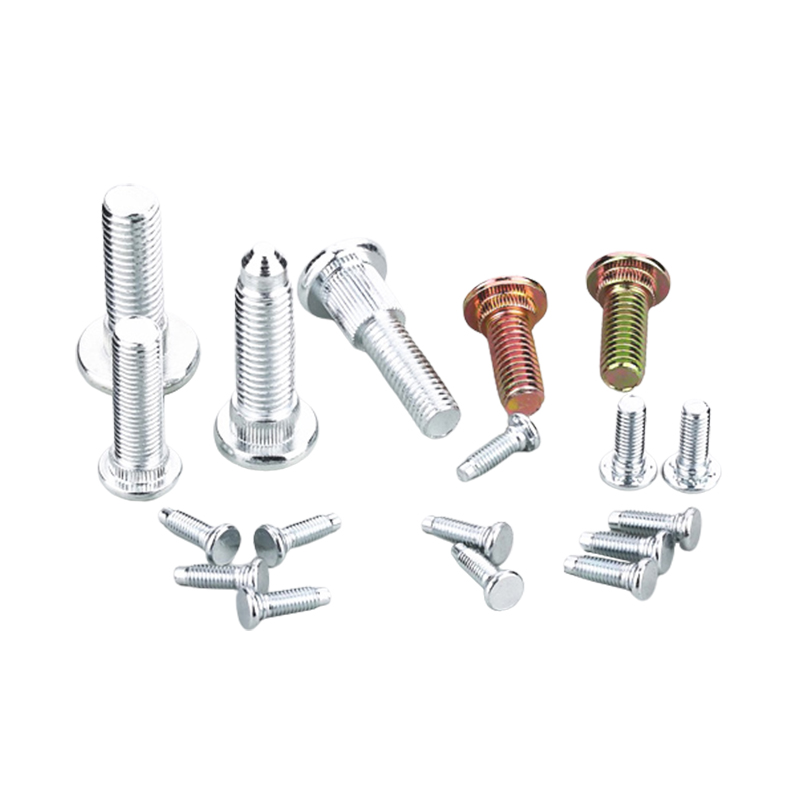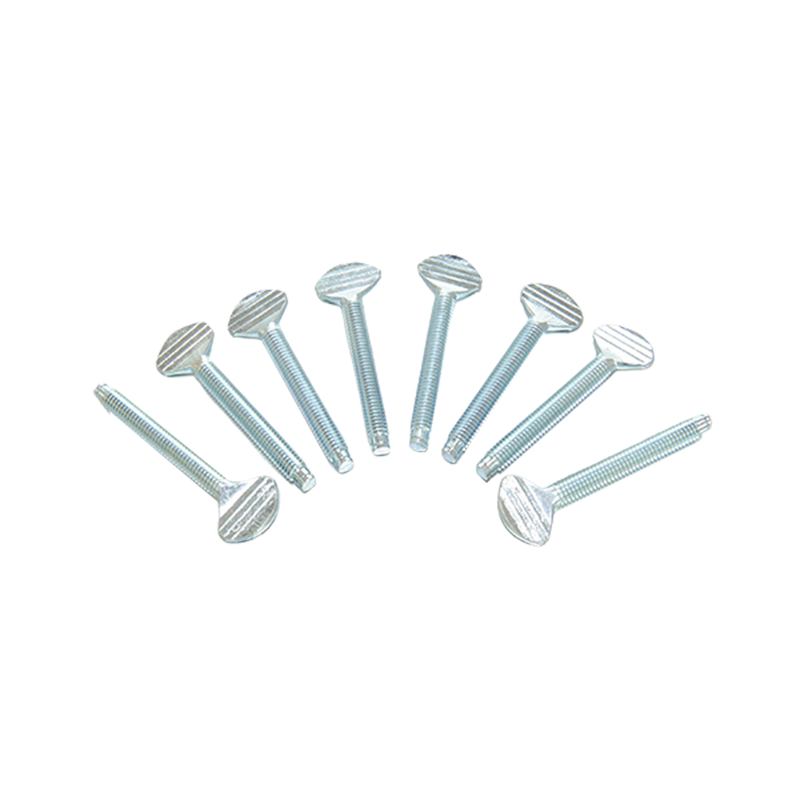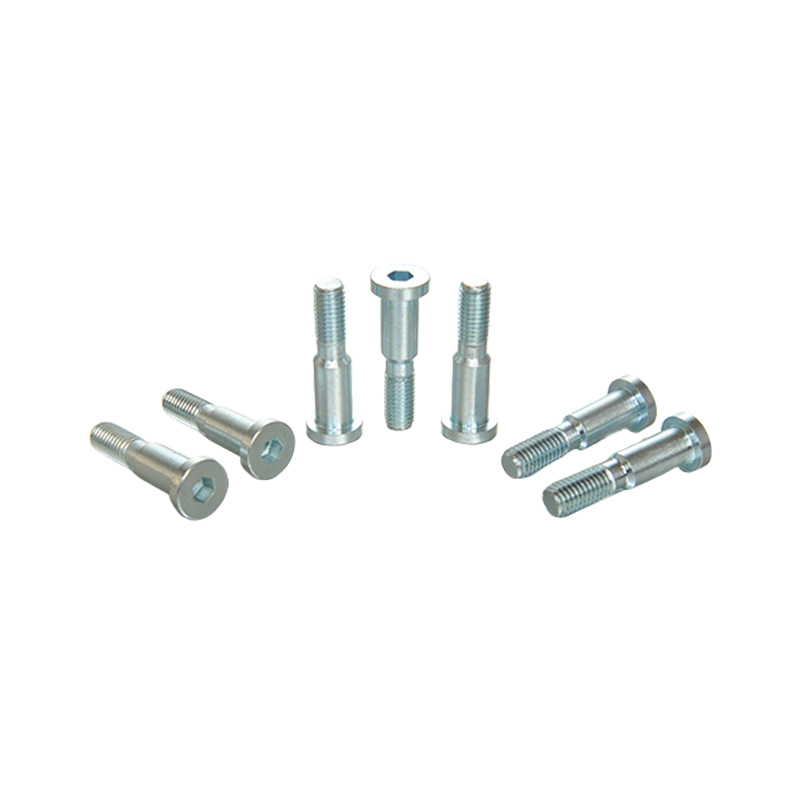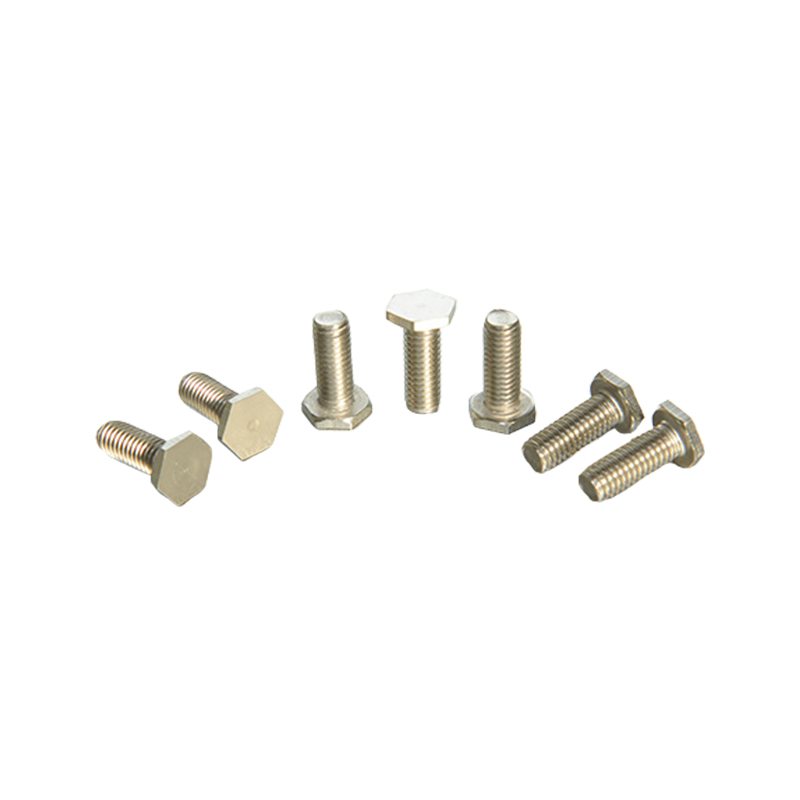Introduction to Stainless Steel Screws
Stainless steel screws are widely used in construction, machinery, automotive, and household applications due to their corrosion resistance, durability, and aesthetic appeal. Understanding the strength and load-bearing capacity of stainless steel screws is essential for ensuring safety, reliability, and proper performance in various applications. Selecting the appropriate screw type and grade directly impacts how well it can support weight and resist mechanical stresses.
Factors Affecting Screw Strength
The strength of a stainless steel screw depends on several factors, including material grade, screw size, thread type, and the installation environment. Common stainless steel grades, such as 304 and 316, offer varying tensile and shear strengths. Screw diameter and length also influence load-bearing capacity; thicker and longer screws typically support heavier loads. Additionally, the thread design—coarse or fine—affects how the screw engages with materials, influencing both holding power and resistance to loosening.
Tensile Strength of Stainless Steel Screws
Tensile strength refers to the maximum load a screw can withstand before breaking when pulled along its axis. Stainless steel screws generally provide moderate to high tensile strength depending on the grade. For example, grade 304 screws offer tensile strengths around 520 MPa, while grade 316 screws may reach slightly higher values due to added molybdenum, improving corrosion resistance and mechanical performance. Understanding tensile strength helps engineers and homeowners select screws suitable for structural or load-bearing applications.
Typical Tensile Strength of Common Stainless Steel Screws
| Stainless Steel Grade | Diameter Range (mm) | Tensile Strength (MPa) | Notes |
|---|---|---|---|
| 304 | 3–12 | 520 | Suitable for general applications |
| 316 | 3–12 | 550 | Better corrosion resistance |
| 410 | 3–12 | 700 | Used in higher strength environments |
Shear Strength and Load-Bearing Capacity
Shear strength measures the screw’s ability to resist sliding forces perpendicular to its axis. Load-bearing capacity of screws in practical use often depends on shear forces, especially in applications like joining metal plates or supporting wooden structures. Stainless steel screws with larger diameters and full threading provide better shear performance. Proper installation, such as ensuring correct engagement depth and using washers where appropriate, enhances the screw’s ability to support applied loads safely.
Influence of Thread Type
Thread design significantly affects the load-bearing capacity of stainless steel screws. Coarse threads distribute loads across fewer turns, suitable for soft materials such as wood or plastic, while fine threads provide higher holding strength in metal due to increased engagement. Self-tapping screws or machine screws with specialized threads may further enhance grip and reduce the risk of loosening under vibration or repeated loading. Understanding thread choice helps in selecting screws for structural or dynamic applications.
Environmental Considerations
Environmental factors such as temperature, humidity, and exposure to chemicals affect the performance of stainless steel screws. For example, grade 316 screws perform well in marine or high-corrosion environments due to added molybdenum. High temperatures can reduce the effective tensile strength, while moisture or chemical exposure may lead to stress corrosion cracking if the wrong grade is used. Selecting the appropriate grade and type ensures reliable performance in challenging environments.
Recommended Stainless Steel Grades for Different Environments
| Environment Type | Recommended Grade | Notes |
|---|---|---|
| Indoor, dry | 304 | Suitable for furniture and household applications |
| Outdoor, coastal | 316 | Offers enhanced corrosion resistance |
| High load, mechanical | 410 | Provides higher tensile strength and durability |
| Chemical exposure | 316 | Resistant to mild acids and alkalis |
Installation Factors Affecting Load-Bearing Capacity
Proper installation is critical for maximizing the strength and load-bearing capacity of stainless steel screws. Screws should be driven straight, to the appropriate depth, and using compatible tools to avoid thread stripping or deformation. Pre-drilling holes in hard materials reduces stress on the screw and prevents breakage. Using washers or nuts may distribute load evenly, especially for structural applications. Neglecting installation details can reduce the effective load-bearing capacity regardless of the screw’s rated strength.
Practical Applications and Load Recommendations
In practice, the load-bearing capacity of stainless steel screws varies depending on application type. In woodworking, screws join planks or panels, where shear forces are dominant. In metal construction, machine screws may hold brackets, fixtures, or mechanical assemblies. It is recommended to consult manufacturer specifications for maximum load ratings, considering safety factors to prevent overloading. For heavy loads, selecting larger diameters or higher-grade screws is advisable.
Maintenance and Inspection
Regular inspection of installed screws ensures sustained performance. Even stainless steel screws, which are corrosion-resistant, can experience loosening or minor surface oxidation over time, particularly in outdoor or humid environments. Checking for signs of wear, corrosion, or loosening and replacing screws when necessary helps maintain safety and structural integrity. Routine maintenance also includes tightening screws that may have shifted under repeated load or vibration.
Example Load-Bearing Capacity for Stainless Steel Screws in Wood
| Screw Diameter (mm) | Embedment Depth (mm) | Recommended Load (kg) | Notes |
|---|---|---|---|
| 4 | 25 | 20 | Light household applications |
| 6 | 35 | 50 | Medium furniture or shelving |
| 8 | 50 | 80 | Heavy structural wood components |
| 10 | 60 | 120 | Heavy-duty load-bearing connections |


